The sages tell us that everything is always changing, and in fact the Greek philosopher Heraclitus said that nothing endures but change itself. Thus is the case of Colorado’s indigenous sport of pack-burro racing.
It began back in 1949 with a race over Mosquito Pass to Fairplay. Nearly seven decades later I’m beginning to wonder if perhaps organizers should have stuck with this original format, or perhaps should consider going back to it. Then again, I may be jaded because I’ve been along for the adventure for more than half of those seven decades.
In the years since this first race, the sport has grown to include separate events in both Leadville and Fairplay, as well as shorter races in other towns including Buena Vista, Georgetown, Idaho Springs, Creede and Victor.
The original rules remain largely unchanged. Each burro must carry 33 pounds of gear on a regulation packsaddle (whatever “regulation” means) and the gear must include a pick, pan and shovel. The burro must be led or driven by means of a halter and lead rope no longer than 15 feet. Riding is not allowed.
Over the years some rules have been adjusted slightly to allow donkeys larger than 53 inches at the withers to compete, and also to allow mini-donkeys to be run without the weight requirement.

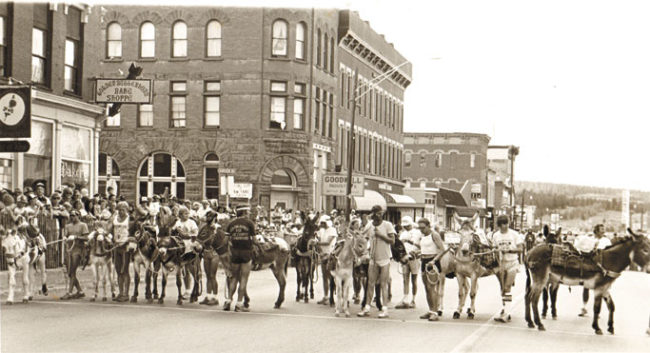
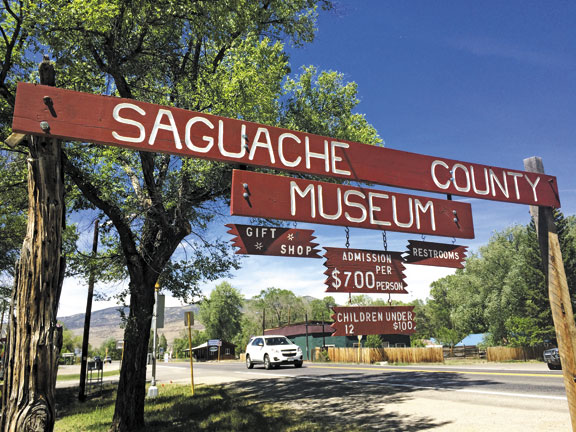
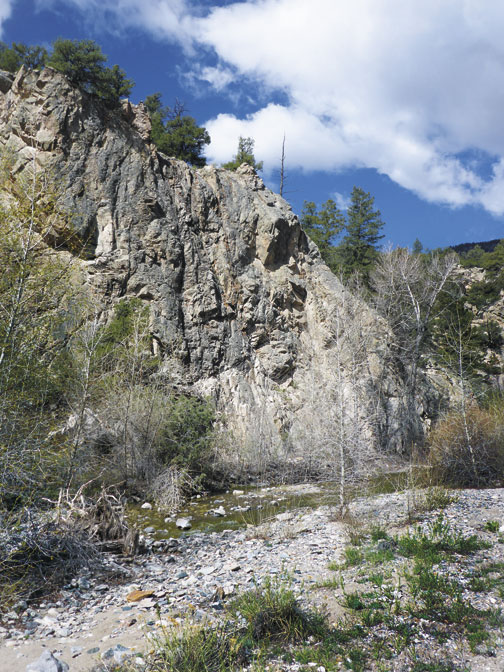
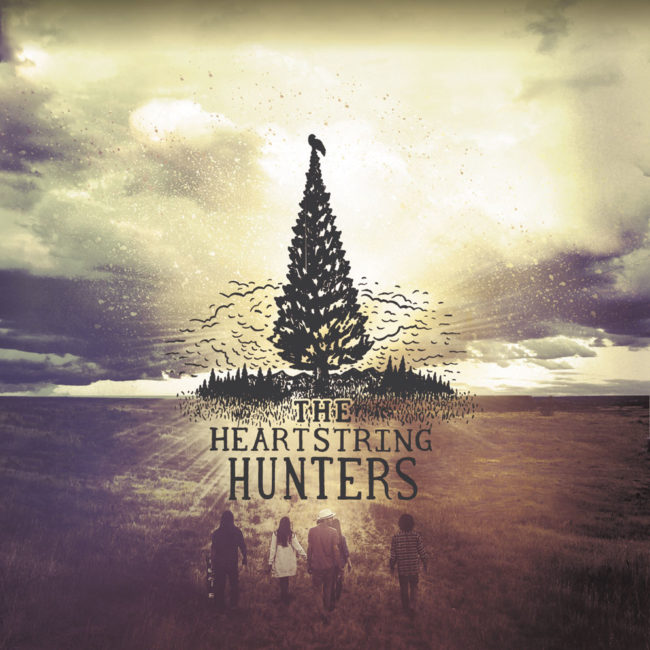
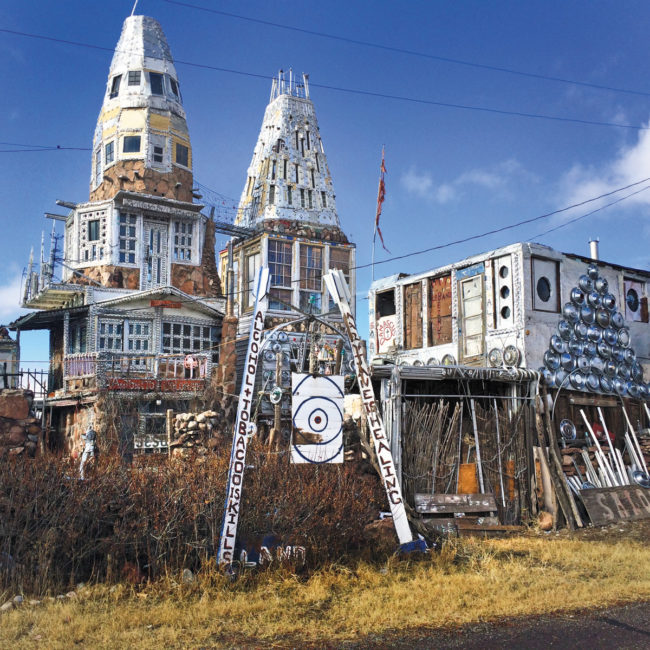
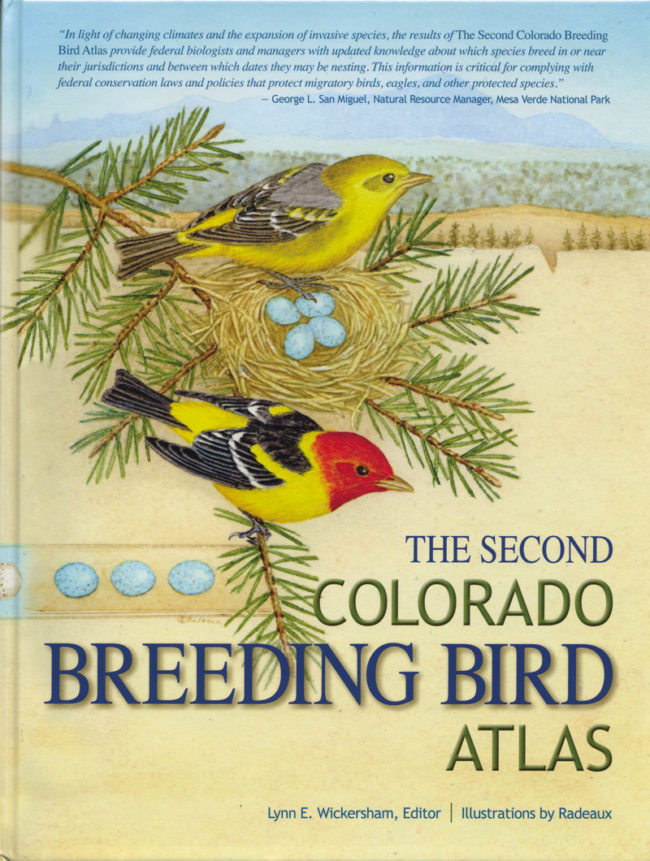
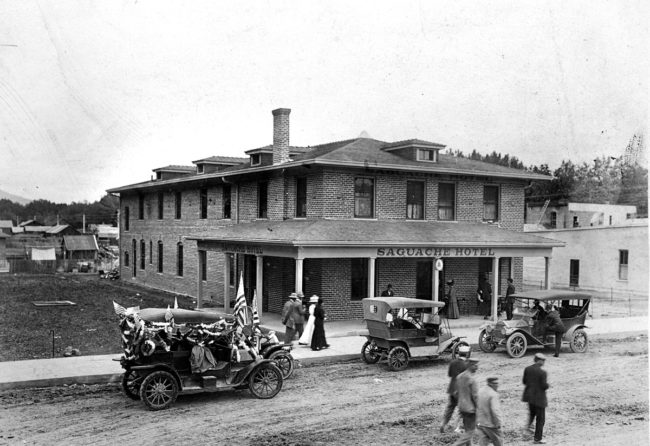
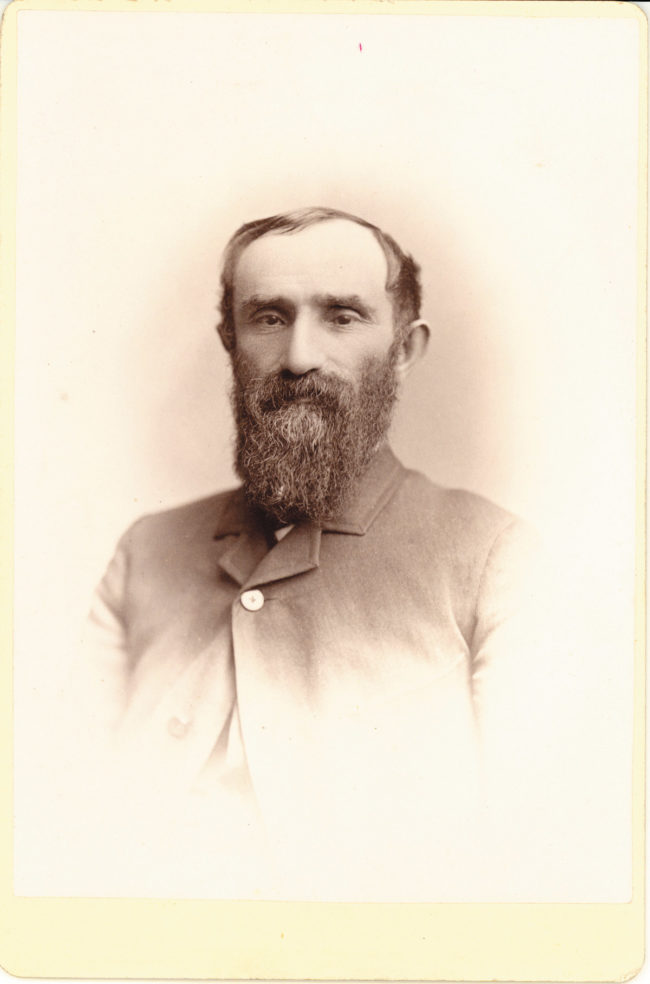
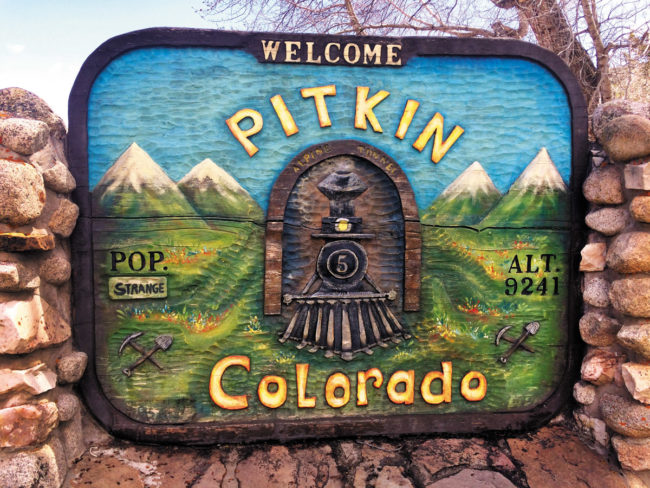
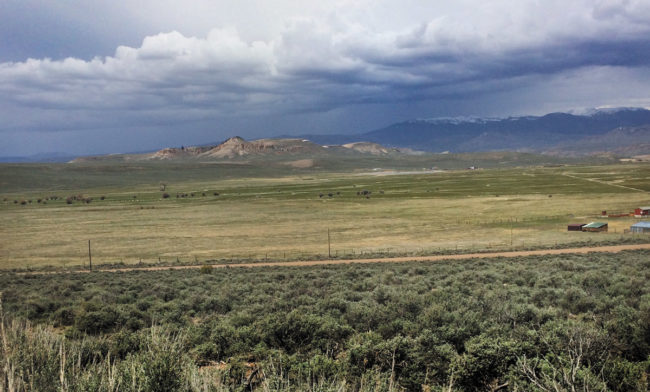
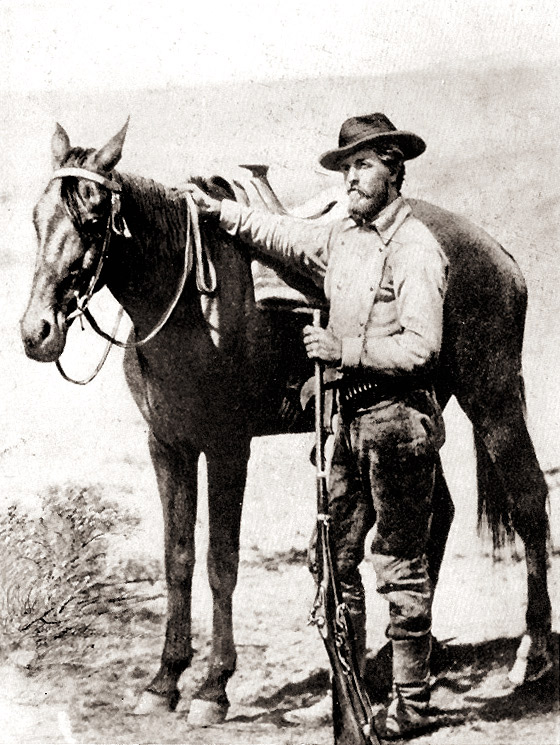
From the Editor: Hyper-news